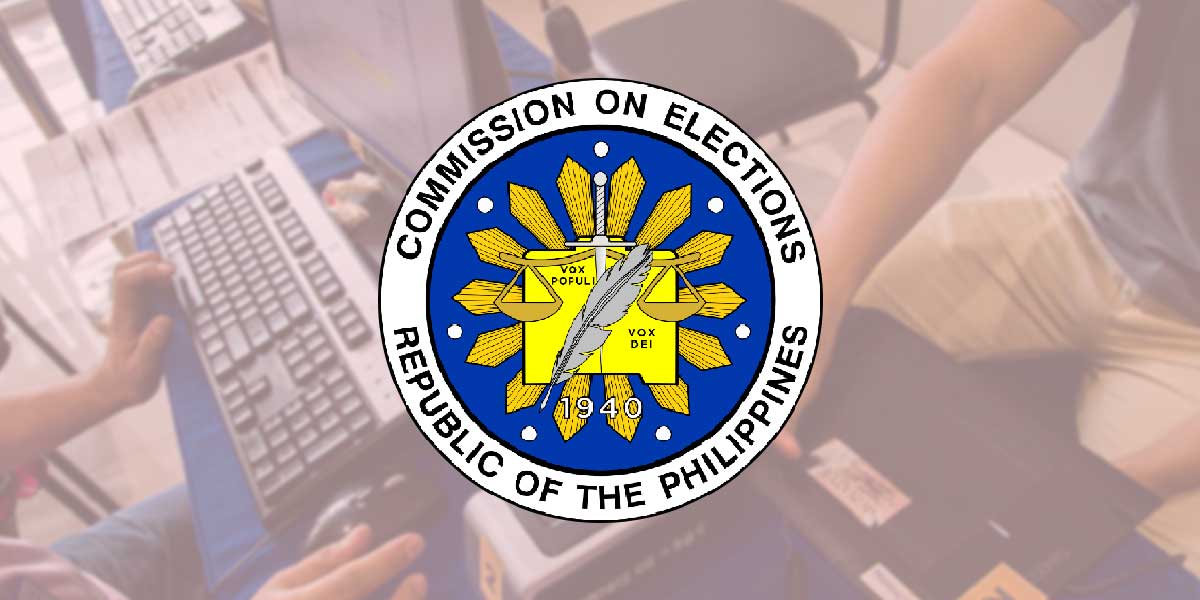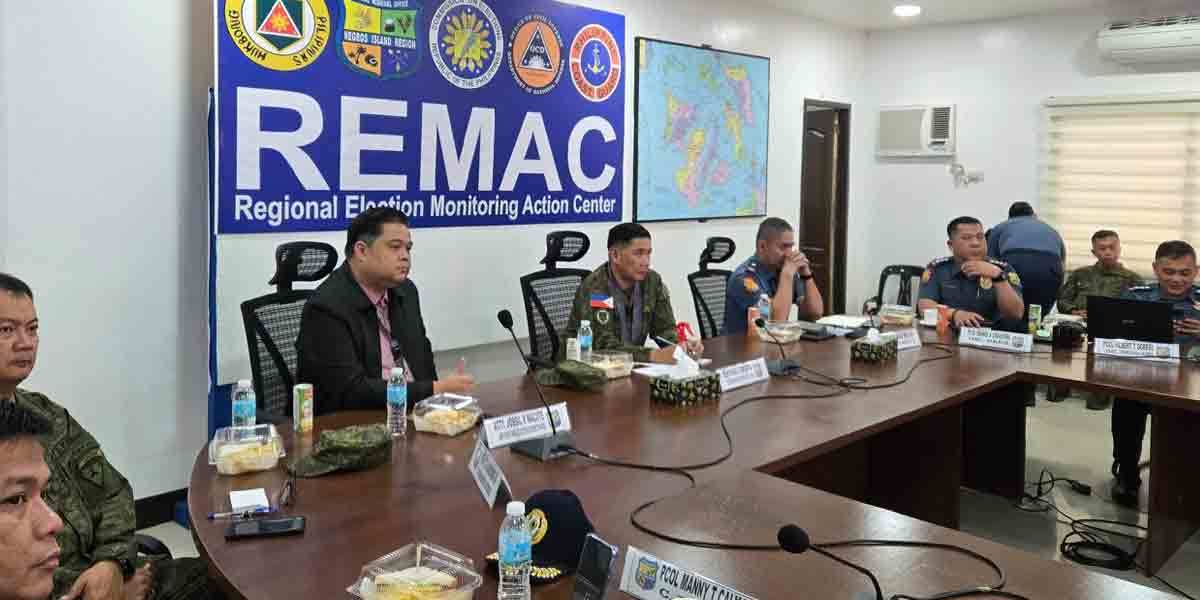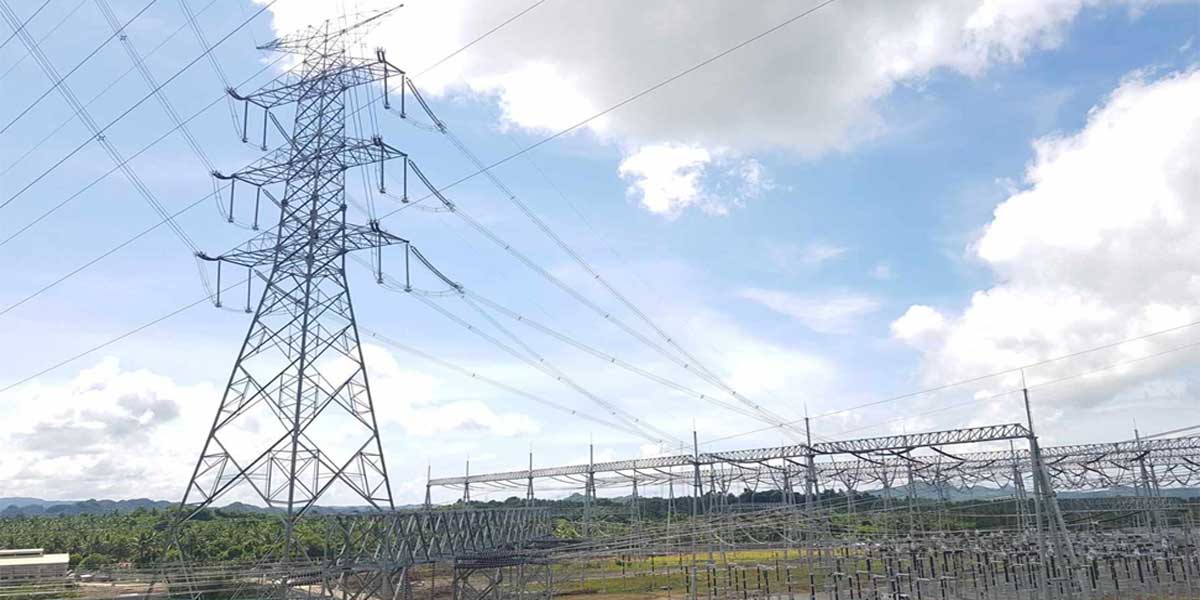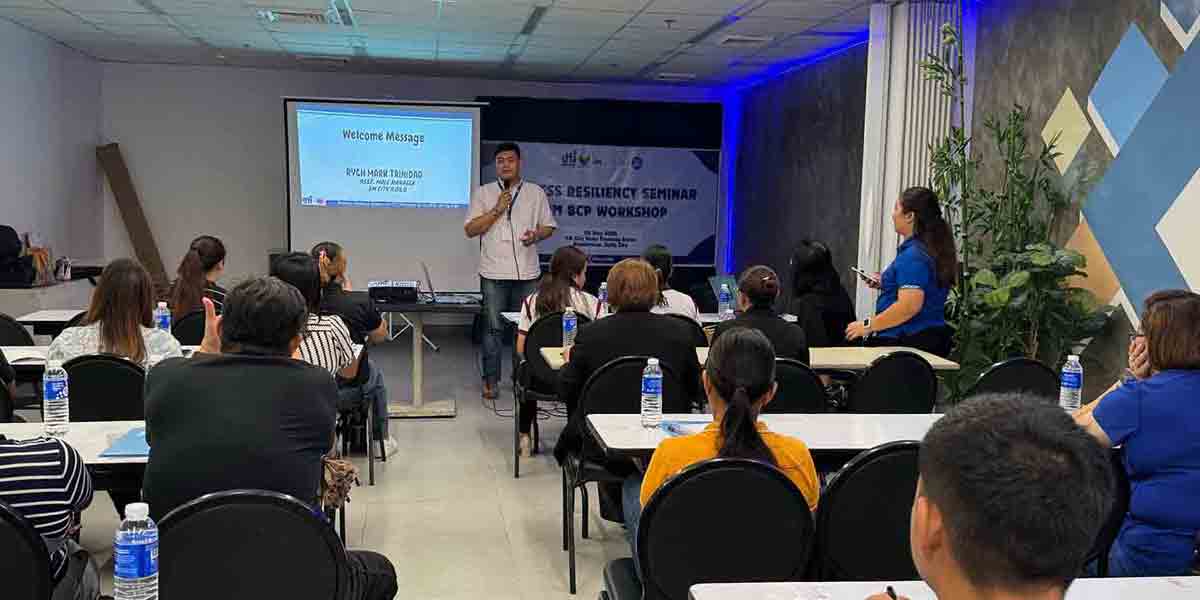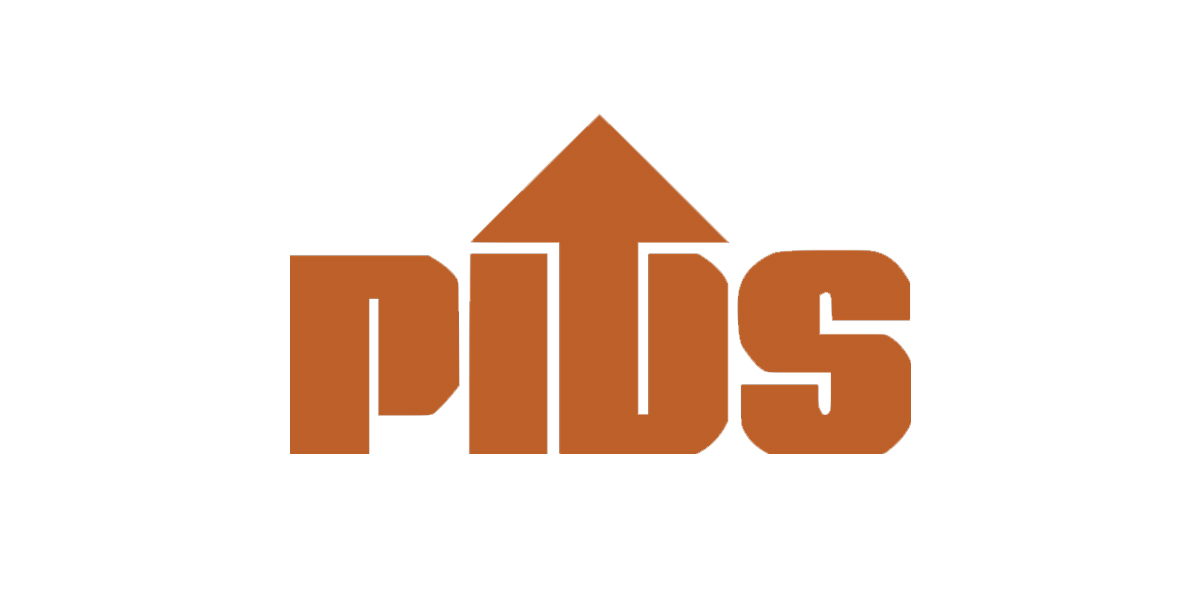(Joint Statement from the International Coalition of Medicines Regulatory Authorities and World Health Organization)
Healthcare professionals and public health authorities have a central role in discussing vaccination against COVID-19 with their patients. Vaccines play a critical role in preventing deaths, hospitalisation caused by infectious diseases. Emerging data on effectiveness indicates that licenced COVID-19vaccines are contributing to controlling the spread of the disease. Until widespread vaccination has been achieved, both vaccinated and unvaccinated people need to be aware of the additional protective behaviours required to control the pandemic locally.
The global impact of the COVID-19 pandemic has resulted in an unprecedented level of public interest in vaccines. This includes a focus on the development of vaccines and their regulatory review and safety monitoring. Much of this coverage has taken place through mass and social media. Reports of adverse events (side effects) have led some people to express concerns about getting vaccinated, delay getting vaccinated or even be strongly opposed to vaccination. There are also differences in individual confidence in national safety monitoring systems. Another challenge in communicating the importance of COVID-19 vaccination is that younger adults are typically less clinically affected by COVID-19 infection and so may see limited value in getting vaccinated, including until further data confirms that vaccines prevent transmission and that vaccines are effective against variants. Clear and consistent communication is therefore essential to support people in making the choice to be vaccinated.
We appreciate that you, your colleagues and your patients may have a number of questions around the development, regulatory review and ongoing safety monitoring of COVID-19 vaccines.
Purpose
This joint International Coalition of Medicines Regulatory Authorities (ICMRA)* and WHO statement aims to help healthcare professionals answer questions about the role of regulators in the oversight of COVID-19 vaccines. It explains how vaccines undergo robust scientific evaluation to determine their safety, efficacy and quality and how safety is closely and continually monitored after approval.
Vaccination has been shown to contribute to reducing deaths and severe illness from COVID-19, and to reduce the transmission of COVID-19. Vaccinating as many people as possible and reducing the spread of disease is important. Vaccination of a significant proportion of the population also protects vulnerable people, including those who cannot receive vaccines, or the small proportion of people who might remain at risk of infection after vaccination. Failure to vaccinate widely also enables continued circulation of the virus and the generation of variants, including some that may pose a greater risk. Widespread vaccination will help prevent people from having to go to hospital and contribute to fewer people getting sick, ultimately alleviating the burden of COVID-19 on healthcare systems. It will also help allow a return to normal societal functioning and the re-opening of economies.
Vaccines and the regulatory process
How do regulatory authorities evaluate COVID-19 vaccines?
Regulators rigorously evaluate scientific and clinical evidence provided by vaccine manufacturers. Vaccine manufactures are legally obliged to follow defined standards in the data they provide, and their clinical research and manufacturing operations are subject to regulatory oversight. Either full or summary data from clinical trials is made available following vaccine evaluation. Each vaccine is thoroughly assessed for safety, efficacy and pharmaceutical quality to determine whether it can be approved for use. Regulators use available scientific evidence from preclinical laboratory research, human clinical trials, and manufacturing information to assess benefits and risks of candidate vaccines.
Regulators may seek additional expert advice from independent scientific advisory committees to help inform their decision on whether to approve a vaccine. These committees are made up of experts in science, medicine (including infectious diseases) and public health, and often include consumer and healthcare professional representatives.
Public health agencies have a different role than regulatory authorities. They develop and deliver vaccination programmes, often working with their expert immunisation technical advisory committees. This includes prioritising and designating populations for vaccination with specific vaccines, issuing additional recommendations and providing information more broadly about vaccines and immunization. They also collaborate with regulators to monitor the safety of vaccines after they are approved for use.
Globally, the public can have confidence in the rigour of the process used to scientifically evaluate the safety, efficacy and quality of vaccines before they are approved for use in the wider population.
Safety evidence prior to potential regulatory authorisation:
Safety evidence is an essential part of each regulatory submission for a COVID-19 vaccine. It is gathered during all phases of the vaccine development process. Robust assessment of safety is carried out in the clinical trials and submitted to regulators for review as part of the approval process.
All adverse events need to be examined and reported in the regulatory submission by the companies for a marketing licence. Typically, regulators will require that participants in clinical trials have been followed for at least 1-2 months after receiving their final vaccine dose. Generally, based on previous experience with vaccines, most adverse events occur within such timeframes, though rare adverse events might not be recognised until after wide population use. There will also be longer-term (for example for 6-12 months or more) follow-up of those who participated in the earlier phases of the clinical trials of each vaccine. Many trial participants will also be followed for at least one year to assess the duration of protection and longer-term safety of individual vaccines, and safety data from these longer-term trials will be carefully reviewed by regulators as part of post-approval monitoring of safety.
Efficacy:
Apart from information on the types of immune responses induced by the vaccine, companies must submit data from well-designed clinical trials to regulators to demonstrate that the vaccine prevents COVID-19. The data showed there were sufficient numbers of people included in the clinical trials receiving the vaccine so that the efficacy of the vaccine can be accurately measured (generally at least 10 000 and usually 15 000 or more people who receive the vaccine, in addition to those in the control arm). Populations in clinical trials should include a range of age groups and people with co-morbidities. Given the disproportionate impact of COVID-19 on older people, COVID-19 vaccine clinical trials have included significant numbers of older participants.
Vaccine clinical trials for a new candidate vaccine showed that vaccines very significantly reduced COVID-19 in people who were vaccinated, compared to a control group of people who did not receive the vaccine, through a reduction in numbers of laboratory confirmed SARS-CoV-2 infections.
Quality:
Any COVID-19 vaccine that receives regulatory authorisation must be manufactured according to internationally accepted stringent regulatory standards of good manufacturing practices (GMP). Regulators review data to confirm that the manufacturing process at each production site is well-controlled and consistent. This will include data on the composition and purity of the vaccine and its potency, as well as data on every step of manufacturing and on the controls used to ensure that each batch of vaccine is consistently of a high quality. Data on vaccine stability must also be provided before a vaccine can be approved. After approval, batches may also undergo evaluation by individual national regulatory authorities to ensure they meet national requirements, before they can be supplied.
Monitoring safety and effectiveness after vaccine approval:
After a vaccine is approved for use, regulators conduct robust effectiveness monitoring as well as monitoring of safety and risk minimisation activities (pharmacovigilance). They need to continuously monitor vaccine safety to ensure that the benefits of the vaccine continue to outweigh the risks. Regulators do this by:
- Reviewing and analysing adverse events reported by healthcare professionals and consumers and requiring industry vaccine companies (sometimes called “sponsors”) to report to regulators on adverse events received both within the regulator’s home country and globally;
- Many regulators will implement enhanced passive surveillance systems. These include systems to rapidly compare numbers of suspected side effects reported with vaccines to the numbers of events expected to occur by chance, and include access to near real-time data on vaccine usage in different settings. Several regulators also implemented traceability systems for different vaccine brands and batches;
- Taking rapid action to mitigate risks, also considering the information about emerging safety issues shared among regulators and researchers through international collaboration;
- Reviewing medical literature and other sources of new safety information;
- Requiring vaccine manufacturers to continue safety surveillance from the ongoing clinical trials of their products; and
- Many regulators also require vaccine manufacturers to have risk management plans describing how they will monitor and minimise risks, including further epidemiological studies, associated with their vaccines.
It is very important that healthcare professionals not only diligently report any adverse events they see in their patients, but also encourage people who are vaccinated to immediately report adverse events to their healthcare professionals or to the medicines regulator in countries where direct reports from members of the public are accepted by the regulator. Reporting all relevant events helps regulators assess the possible role of the vaccine in causing the adverse event and assists in identifying safety issues relating to newly introduced vaccines.
As part of the safety monitoring and review of all suspected side effects reporting for vaccines, regulators have developed lists of “Adverse Events of Special Interest”. These lists include some events that have been associated with other vaccines (for example anaphylaxis). Others are included on these lists because they are serious events that are important to monitor extremely closely, even though there is no evidence that they are causally associated with specific vaccines. Having information on the background rates of these events that would be expected in people who have not received a vaccine will help ensure that any increased reporting of these events can be quickly detected and thoroughly investigated by regulators.
The widespread use of COVID-19 vaccines, including in the elderly and in patients with underlying health conditions, will unfortunately mean that there will be deaths and serious illnesses that are purely coincidental and unrelated to vaccinations. The job of each regulator, together with the relevant medical experts and vaccine manufacturers is to determine causality. There will be a special focus on monitoring safety in some groups of people, such as pregnant women, persons with severe pre-existing illness, older people, children, and in people also receiving vaccines for prevention of other diseases.
Regulators, often in collaboration with public health authorities, are able to take decisive action if a safety issue is identified. These actions might include: issuing safety communications for patients, healthcare professionals and the community; updating the product information or consumer information for the vaccine; preventing the release of a particular batch of vaccine; and, taking other regulatory actions such as restriction of vaccine authorisation to a particular subgroup of the community or revocation of authorisation.



